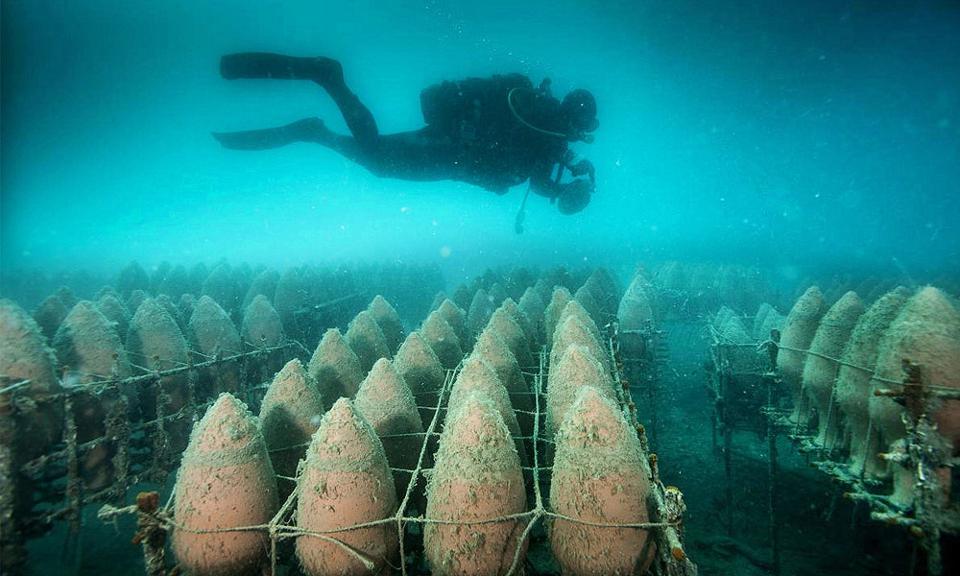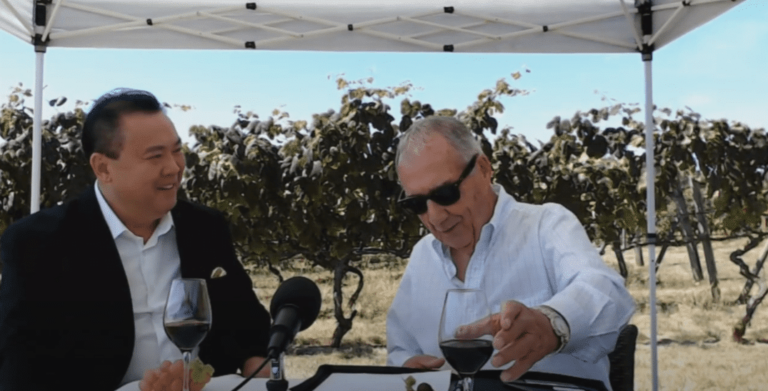We could call it an emerging fashion, but the question that arises is: what happens to a bottle of wine placed under the sea to mature and even undergo fermentation?
All this may seem strange but it is all true, there are more and more producers all over the world participating with this method. There are European wine producers from Spain, Italy and Greece engaging in this practice and non-European producers from Chile to as far as Australia. These wine-producers make the decision to age their wines at the bottom of the sea in specially built cellars that are submerged under the sea.

Underwater Aging Wine - image from www.forbes.com



